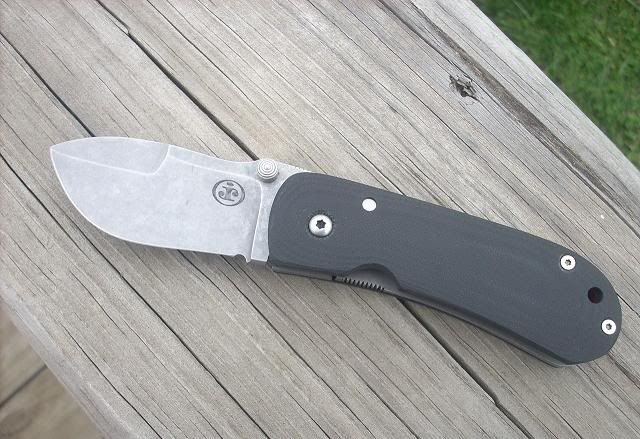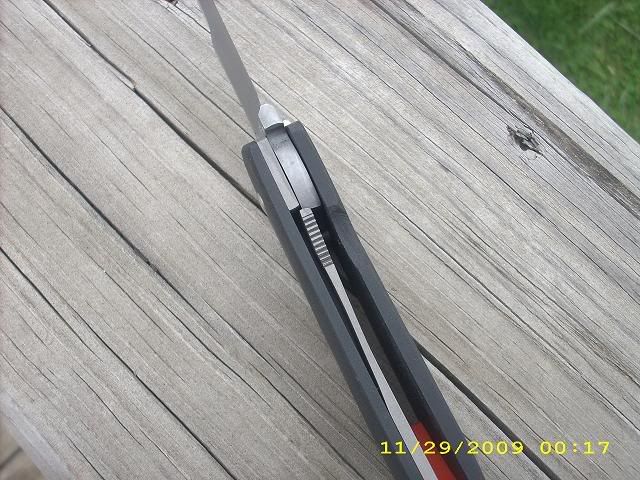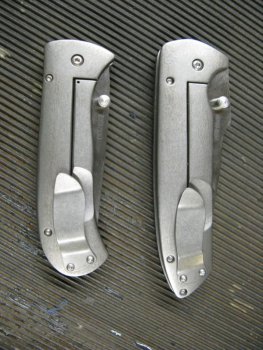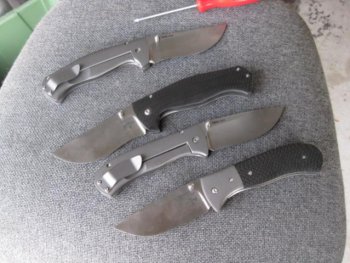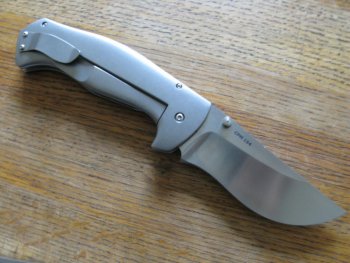Ron Bendele
Well-Known Member
I have some .100" 6AL-4V Ti that I am using for liners. I normally use .050" or .063" and don't need to cut a relief notch for the lock. I believe I will need to cut a relief notch for the thicker liner.
What are you folks using to cut the notch with? I am thinking a round end mill, but what size? Would cobalt be better than HSS? I think I will cut it down .040" leaving .060" on the liner. Does that sound about right?
What are you folks using to cut the notch with? I am thinking a round end mill, but what size? Would cobalt be better than HSS? I think I will cut it down .040" leaving .060" on the liner. Does that sound about right?
Last edited:



